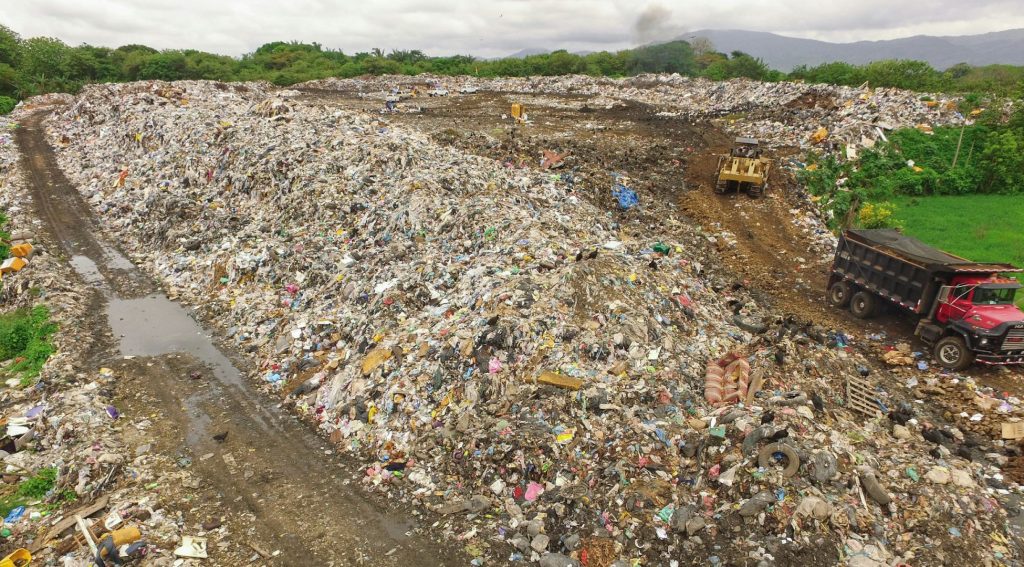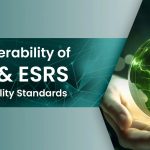The country’s waste to energy (WTE) and sanitary landfill (SLF) facilities have long positioned themselves as solutions to the mounting problem of solid waste management. However, regulatory gaps and inadequate enforcement have exposed significant risks to air and water quality, undermining their potential as sustainable waste solutions. Recognising these compliance lapses, the Central Pollution Control Board (CPCB) has escalated its regulatory stance, mandating stricter, technology-driven monitoring mechanisms that place accountability directly on operators and state pollution control bodies.
The CPCB has issued directions to State Pollution Control Boards (SPCBs) and Unio Territory pollution authorities to enforce real-time environmental monitoring at WTE plants and SLFs. These facilities, though integral to waste management, are recognised as high-risk points of air emissions and leachate contamination, which, if unregulated, can cause long-term environmental degradation and public health issues.
Key Mandates:
- All existing and upcoming municipal solid waste (MSW) incineration-based WTE plants must install and operate Online Continuous Emission Monitoring Systems (OCEMS).
- Mandatory parameters for monitoring include, particulate matter (PM), sulphur dioxide (SO₂), nitrogen oxides (NOx), hydrogen fluoride (HF), hydrogen chloride (HCl), and carbon monoxide (CO).
- SLF operators are directed to adopt online continuous effluent monitoring systems for leachate treatment facilities.
- It also include pH, total suspended solids (TSS), biochemical oxygen demand (BOD), chemical oxygen demand (COD), ammoniacal nitrogen, and fluoride.
States and Union Territories have been given a deadline of September 12 to ensure enforcement and submit Action Taken Reports to CPCB.
Regulatory Pressure and Broader Implications
The National Green Tribunal (NGT), in a recent observation, directed CPCB to file a fresh compliance status report and warned that failure by states to respond may attract penal action to enforce adherence.
Industry experts note that the OCEMS adoption aligns with a data-driven enforcement regime. With most SPCBs understaffed and facing monitoring challenges, the move shifts responsibility toward automation and self-regulation, ensuring continuous data capture for proactive intervention.
Business and Policy Impact
The CPCB’s directive marks a stringent compliance shift that has direct implications for both industry and regulators. For WTE and SLF operators, mandatory installation of real-time monitoring systems represents not only an additional capital and operational expenditure but also an opportunity to strengthen their ESG credentials at a time when investors and stakeholders are demanding greater transparency.
For State Pollution Control Boards, the move reduces dependence on manual inspections and enhances systemic accountability through automated, real-time data, though it also exposes institutional gaps where enforcement has historically been weak.
On the policy front, this is a clear signal that environmental compliance will no longer be secondary to waste management targets—India’s waste sector must align operational metrics with stricter emission and effluent norms to maintain legitimacy and attract sustainable financing.
The effectiveness of this directive, however, hinges not merely on technological adoption but on consistent enforcement and credible reporting. Without accountability at the state level and oversight from the CPCB, the policy risks becoming another compliance checkbox rather than a transformative tool for environmental governance. A WTE sector positioned as a solution to India’s waste crisis cannot afford operational opacity; real credibility will emerge only when performance data translates into visible improvements in air and water quality.











